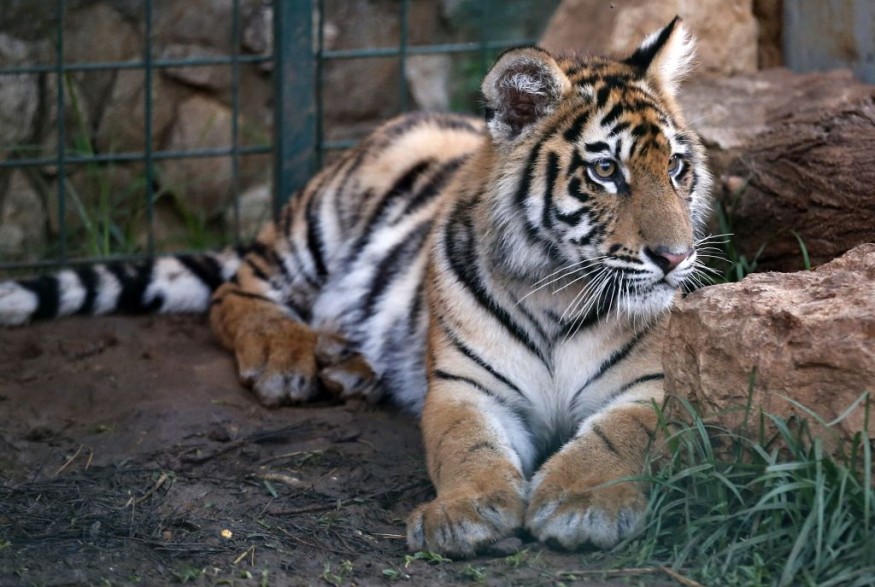
In a groundbreaking achievement, conservationists in Russia have successfully restored tiger populations to the Pri-Amur region after over 50 years of their absence.
From 2012 to 2021, a focused conservation initiative led by the Russian Academy of Sciences and Wildlife Conservation Society (WCS) has brought hope for tiger populations across Asia.
Rehabilitated Orphaned Tiger Cubs Thrive in Russia's Pri-Amur Region
This remarkable success was achieved by rehabilitating orphaned tiger cubs. Six cubs, found alone in the Sikhote-Alin Mountains, were raised in semi-captive conditions. These environments mimicked their natural habitats while limiting human contact.
The cubs were taught essential survival skills, including hunting live prey, to prepare them for life in the wild.
By 18 months, the young tigers were released into the Pri-Amur region, an area that was once part of their historical range, PhysOrg said.
Tracking collars on the tigers provided crucial data on their adaptation. Researchers documented 132 successful kills by the released tigers, proving their ability to hunt wild prey effectively.
This achievement was comparable to their wild counterparts in the Sikhote-Alin Mountains. Five of the released tigers thrived and even contributed to population growth by producing six litters, totaling at least 12 cubs.
However, challenges remain. One tiger, unable to adapt fully, wandered into China and preyed on livestock.
The tiger was later captured and relocated to a zoo to prevent further conflict. This incident highlights the importance of careful preparation and monitoring in reintroduction efforts.
Amur Tiger Conservation Strategy Aims to Secure Future for Big Cats by 2034
The program's success has inspired similar initiatives elsewhere in Asia, where tiger populations have been severely depleted. According to conservationists, tigers currently occupy just 8% of their historical range.
However, studies suggest over 700,000 square kilometers of suitable, yet unoccupied, tiger habitat remains across the continent. Restoration in these areas could reverse decades of population decline.
To address this opportunity, Russia has implemented the Amur Tiger Conservation Strategy through 2034.
According to AK&M, this plan focuses on maintaining a viable population of at least 700 tigers while mitigating threats such as disease, habitat loss, and human-wildlife conflict.
Key elements include preventing forest fires, protecting prey species, and promoting cross-border conservation with China and North Korea.
This collaborative effort showcases the potential to restore not just tigers but other big cats to their natural habitats. Conservationists hope these strategies will inspire global action to safeguard biodiversity and secure a future for endangered species like the Amur tiger.
© 2025 NatureWorldNews.com All rights reserved. Do not reproduce without permission.





